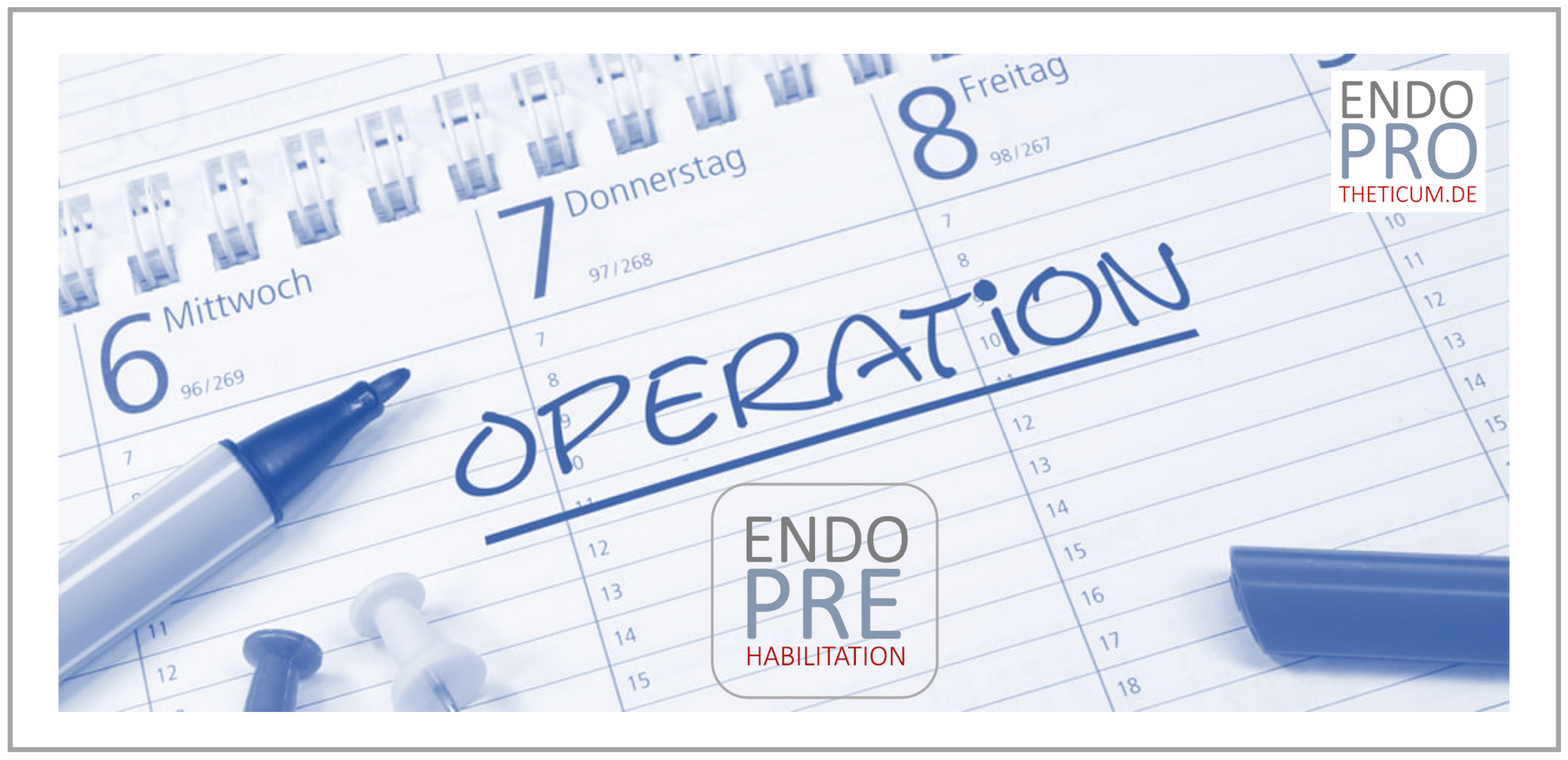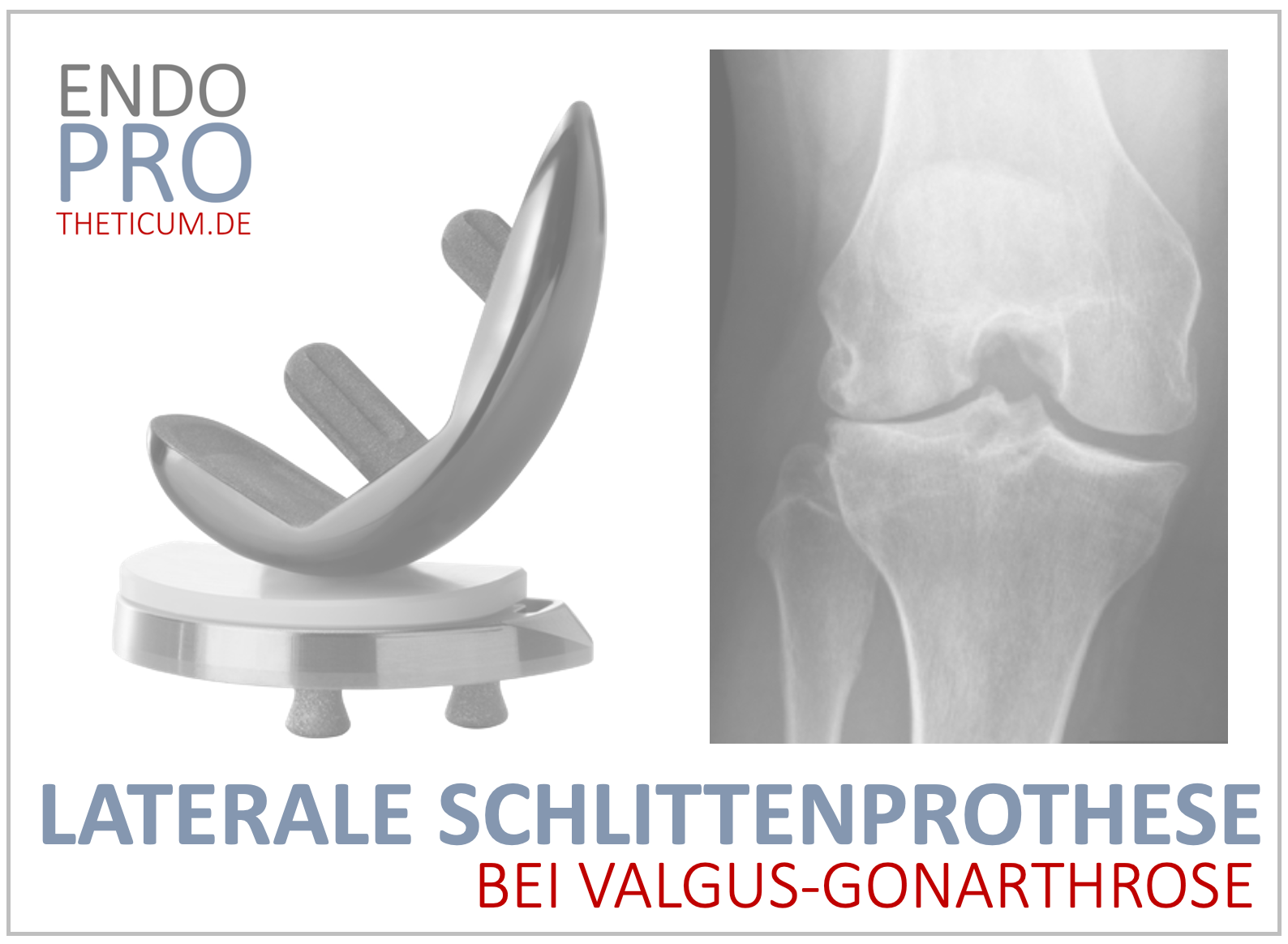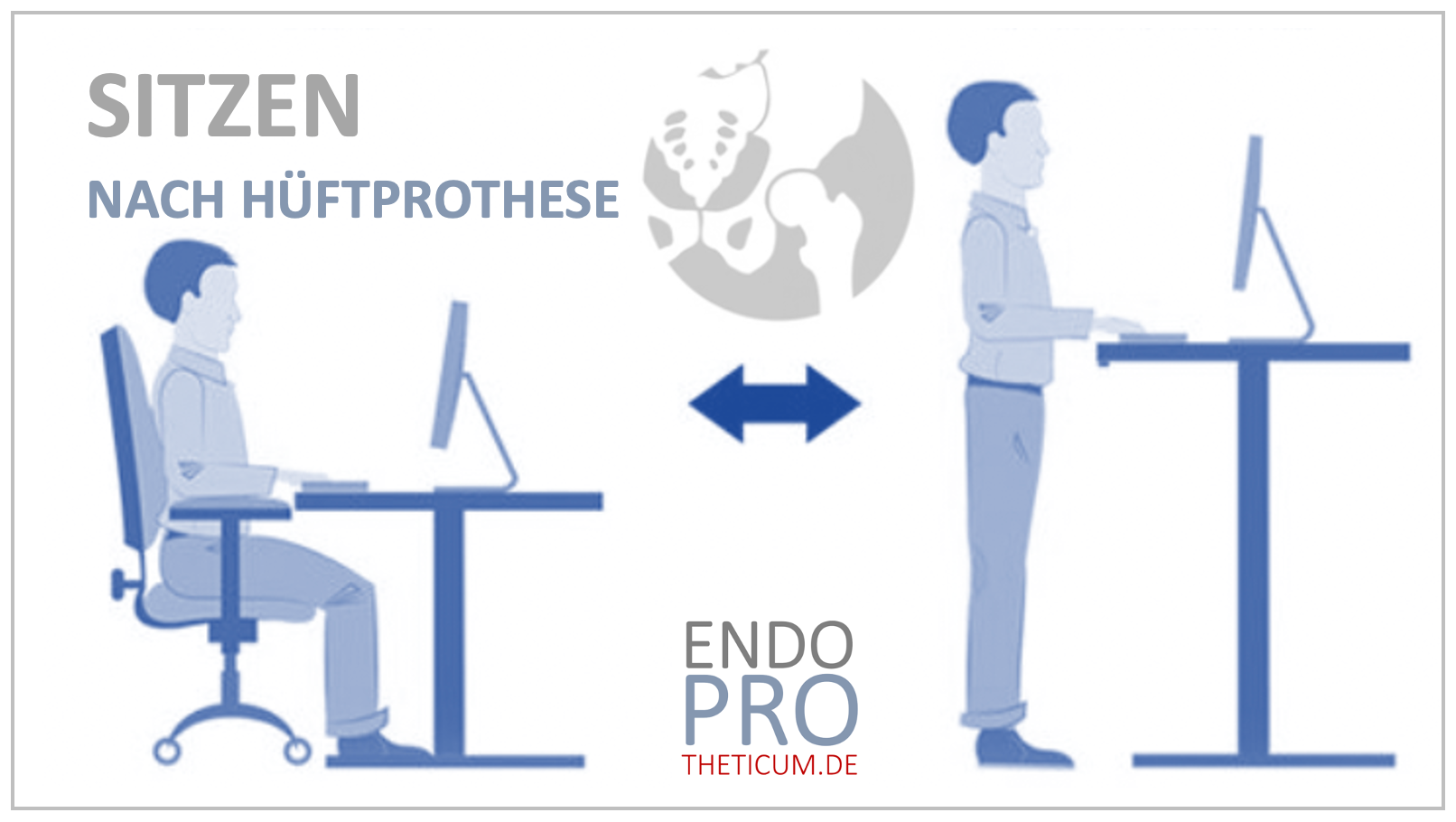Stoked! - kitesurfing with hip prosthesis
With hip prosthesis (hip-tep) again on the kiteboard: opportunities and risks

Kitesurfing - a sport that combines freedom, wind and water. But what if your own hip joint no longer participates? A hip prosthesis (hip-tep) sounds at first after the end of such sporty adventures. However, modern medical technology and advanced implants already enable some people to get on the board again, despite the artificial hip joint. In this article you will learn how kitesurfing with hip prosthesis is possible, what risks exist and why a short -time prosthesis can be an advantage here.
Thanks to medical progress and durable materials, artificial hip joints are more robust and resilient than ever before. Particularly short -sided popularity is particularly popular because they protect the bone frame and enable faster mobilization. This is especially for athletes - and those who want to become again - a real profit.
Understand artificial hip joint
What is a hip prosthesis?
A hip prosthesis replaces the natural hip joint if it is severely damaged by arthrosis, injuries or other diseases. The artificial joint usually consists of metal, ceramic and polyethylene and imitates the mobility of the natural hip joint.
Reasons for the use of a hip prosthesis
Typical causes that make a hip prosthesis necessary:
- Arthrosis - the most common reason, through cartilage wear
- Hip head necrosis - death of the hip head
- Fractures - breaks in the hip area, e.g. B. after accidents
- Dysplasia - congenital malposition of the hip joint
Different types of hip prostheses
There are different types of prostheses, including:
- Total endoprosthesis (TEP) -replaced the hip head and pan
- Shorty shaft prosthesis - shorter anchoring in the thigh bone
- Cappen prosthesis - hip head is mostly preserved
Kitesurfing: an overview
History and development of kitesurfing
Kitesurfing was created in the 1990s and developed rapidly. Today it is a popular extreme sport that uses wind power and waves to glide across the water - and to perform spectacular jumps.
Physical requirements and health benefits
Kitesurfing trains strength, coordination and sense of balance. It strengthens the fuselage, legs and improves the cardiovascular system. But the sport also demands the musculoskeletal system - especially the hip.
Possible risks and injuries in kitesurfing
Kitesurfing has injury risks such as falls, twists or hard landings. For people with a hip prosthesis, it is important to keep an eye on the stress.
Kitesurfing with hip prosthesis: What is possible?
Many people believe that with a hip prosthesis, sports such as kitesurfing are taboo. But that is no longer true. More and more experience reports show that those who are motivated and go through a good rehab and are also an experienced kiter can increase the kite again. The choice of the right prosthesis, targeted training and awareness of possible risks is crucial.
Medical assessment: What do doctors say?
Orthoped surgeons advise individual consideration. Factors such as the stability of the prosthesis, muscle strength and mobility play a role. Careful rehabilitation is essential. Patients should already be very experienced on the kiteboard.
Experience reports of kitesurfers with hip prosthesis
More and more patients report positive experiences today. Modern prostheses often offer stability and freedom of movement to get the board back safely.
Adjustments and precautionary measures in kitesurfing
- Soft start and gently withdraw : Avoid strong vibrations
- Suitable trapezoid : seating trapeze relieve the hip
- Controlled jumps : no unnecessary load peaks
Advantages of the short sector prosthesis for active athletes
What is a short stem prosthesis?
The short sector is shorter and gentler for the bone. It receives more bone substance and often offers better freedom of movement - ideal for sporty people.
Brief prostheses offer some crucial advantages compared to conventional prostheses:
- Protection of the thigh bone: The shorter anchoring is more preserved.
- Better mobility: kitesurfers benefit from a more natural movement.
- Faster rehabilitation: Shorter operation times and fewer soft tissue injuries mean a faster return to sport.
- Lower luxation risk: The modern construction enables more stable joint guidance.
Long -term studies and success rates
Studies show that short -time patients provide good long -term results in active patients. The loosening rate is low and the revision surgery is easier. However, there are no specific studies regarding kitesurfing.
Foil kitesurfing: a gentle alternative with an artificial hip joint
Introduction to the foil kitesurfing
When foil kitesurfing, the board slides on a hydrofoil that works like a wing under water. This minimizes the resistance and shock.
Advantages regarding the impact load
Foil kitesurfing creates gentler movements. Landings and wave beats are significantly softer, which protects the hip prosthesis.
Experience reports and recommendations
Some kitesurfers with a hip prosthesis report that they can surf with the foil more gentle and controlled. This offers an interesting alternative, especially after hip operations.
Training and rehabilitation programs
Preparation for kitesurfing after the operation
Physiotherapy and muscle building are essential. Training and leg strength as well as balance should be trained.
Specific exercises to strengthen the hip
- Lift
- Leg press with a slight load
- Balance exercises on wobbly board
Role of physiotherapy
An experienced physiotherapist accompanies the rehabilitation, adapts the exercises and pays attention to the correct load control.
Risks in kitesurfing with hip prosthesis
🚨 Periprothetic fracture - when the bone breaks
periprothetic fracture - a break of the bone directly on the prosthesis anchoring is a major risk of kites surfing with hip prosthesis Especially falls with high impact energy, for example with unsuccessful landings after jumps, can cause such breaks.
Causes and risk factors
- Hard landings: jumps and uncontrolled falls strain the bone enormously.
- Osteoporosis: A weakened bone increases the risk of breaking.
- Long prosthesis shafts: You increase the risk of leverage in the bone.
👉 Shorty shaft prostheses significantly reduce this risk because they claim the bone less.
🔧 Luxation - when the hip joint cuts out
Another risk is the dislocation - cutting out the artificial hip joint. Turning movements and abrupt directions in particular can lead to the dislocation.
Dangerous movements:
- Extension of the hip: for example when "tweaking" a jump.
- Interior rotation: When the leg is twisted inwards.
- Sudden shear forces: for example in the case of falls or gusts of wind.
👉 Tip: Modern hip prostheses with a larger head and short -sided design significantly reduce the risk of luxation.
🌊 Risk of fall and injury in the water
Kitesurfing remains a demanding sport - even with a prosthesis. Other dangers are:
- Crashs in the flat water: hard impact on the joint and bone.
- Twist injuries: Drugs in the water can damage muscles and tendons.
Equipment recommendations for kitesurfers with hip prosthesis
- Seat trapezic : relieves the hip
- Softboards : dampen bumps
- Helmet and impact protection vest : additional protection
Travel destinations and spots for kitesurfers with special needs (Hip-Tep)
- Flat spots with little waves : ideal for returning
- Security infrastructure on site : lifeboat and medical care
Is there also windsurfing with hip prosthesis (hip-tep)?
Windsurfing with hip prosthesis: possibilities and precautionary measures
Windsurfing is also a dynamic sport that requires balance, strength and flexibility. For people with a hip prosthesis, the question also arises as to whether and how they can continue to practice this sport. Again, thanks to modern medical advances and individual rehabilitation, it is possible for many to get on the board again. However, some aspects should also be observed:
- Adaptation of the training: A targeted construction program to strengthen the surrounding muscles is essential to stabilize the artificial joint.
- Gentle techniques: avoidance of jumps and abrupt movements that could excess the joint.
Individual advice: A close consultation with orthopedic surgeons and physiotherapists helps to optimally make the return.
Björn Dunkerbeck: A model for windsurfers with a hip prosthesis
The Windsurf legend Björn Dunkerbeck provides an impressive prominent example. The 42-fold world champion underwent hip surgery in March 2024 and returned to the water remarkably quickly. Already eight weeks after the procedure he was back on the board and reached speeds of up to 87 km/h at the Lüderitz Speed Challenge in Namibia. Dunkerbeck's experience shows that with a positive attitude, consistent rehabilitation and the right medical team are also possible after hip operation.
His example motivates many not to give up sport despite health challenges and find individually adapted ways in order to continue to be active.
Conclusion: surf with hip prosthesis - feasible with the right strategy
Surfing with a hip prosthesis is not an illusion - it is basically feasible, but not without risk! With the right prosthesis, careful preparation and adapted technology, many kitesurfers can live out their passion again, at least with adapted intensity. The short -time prosthesis in particular offers advantages for sporty patients. If you want to get on more gentle, you will find an interesting alternative in the foil kitesurfing. It is important to check what is possible individually - because no artificial joint is like the other.
MAKE AN APPOINTMENT?
You are welcome to make an appointment either by phone or online .



























